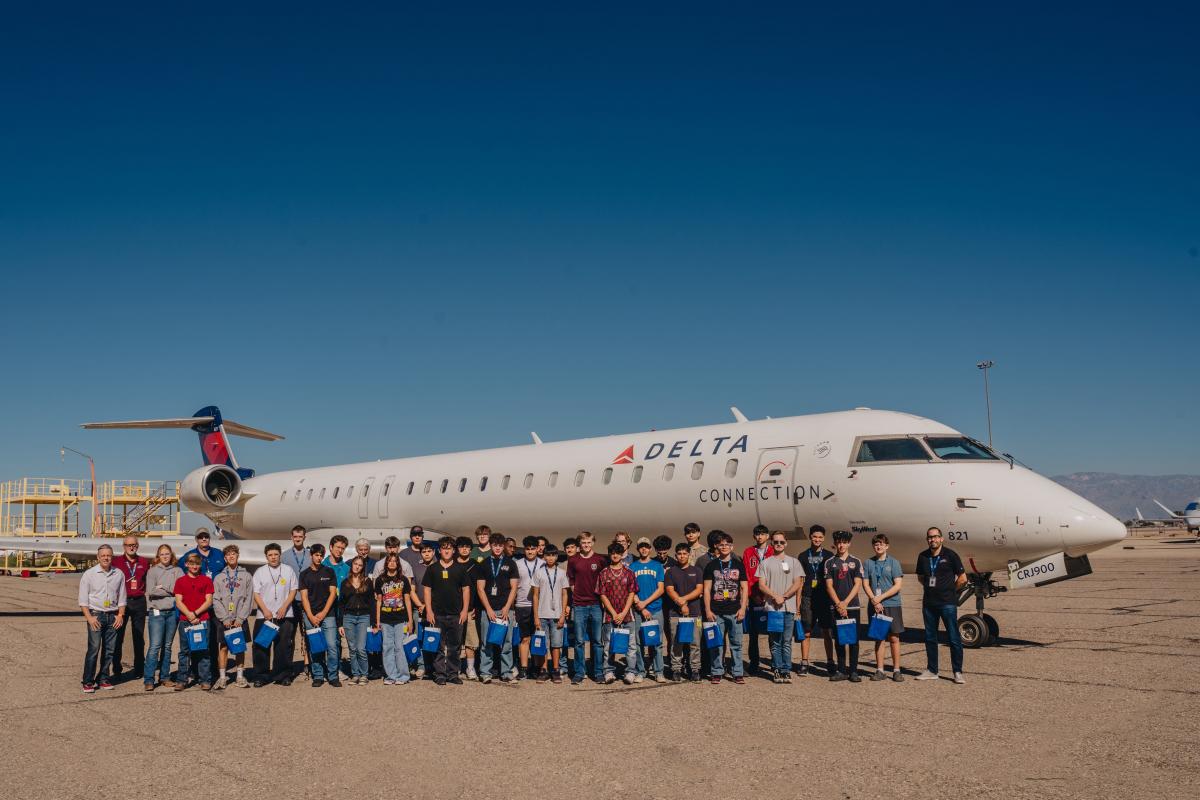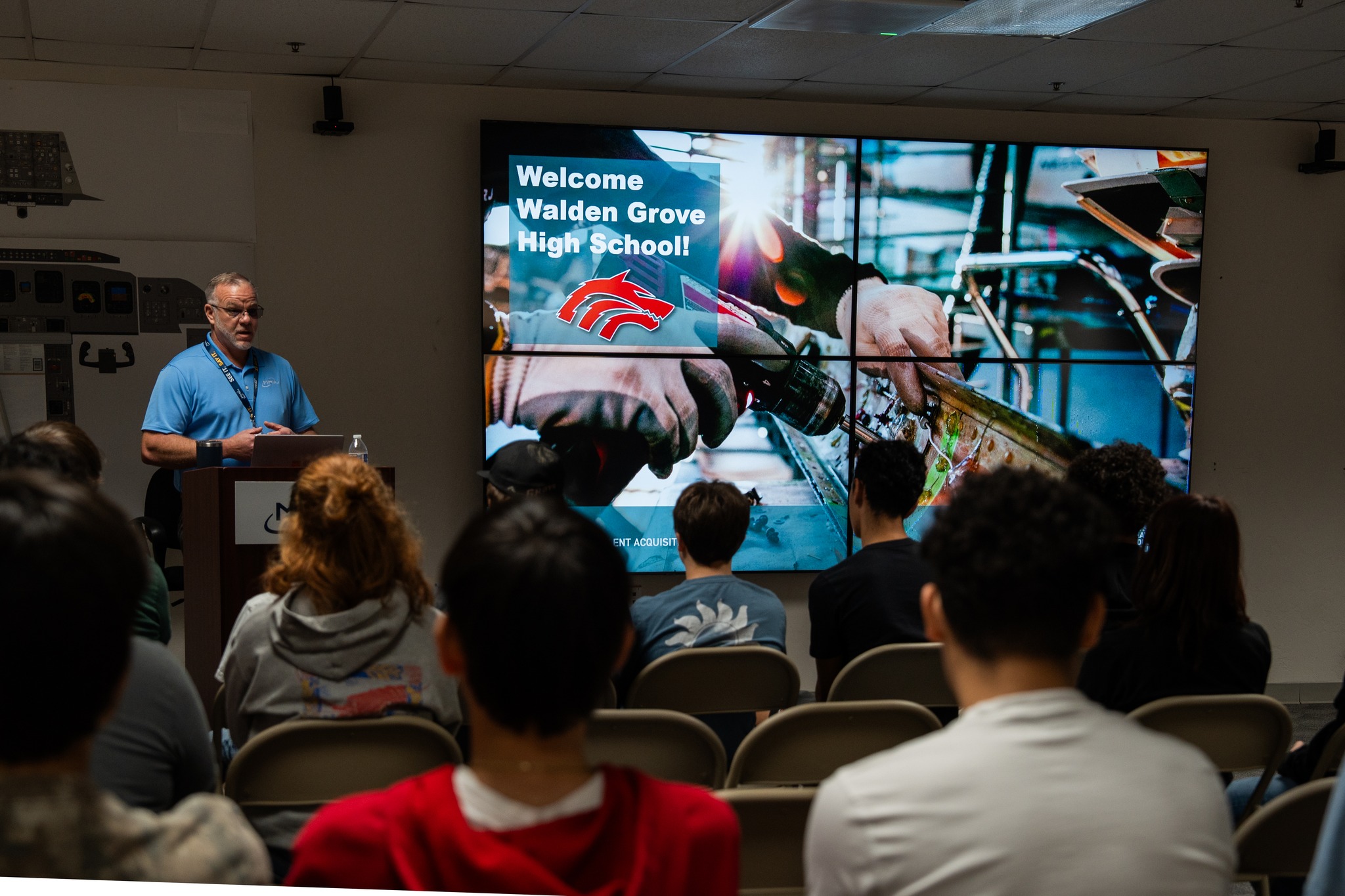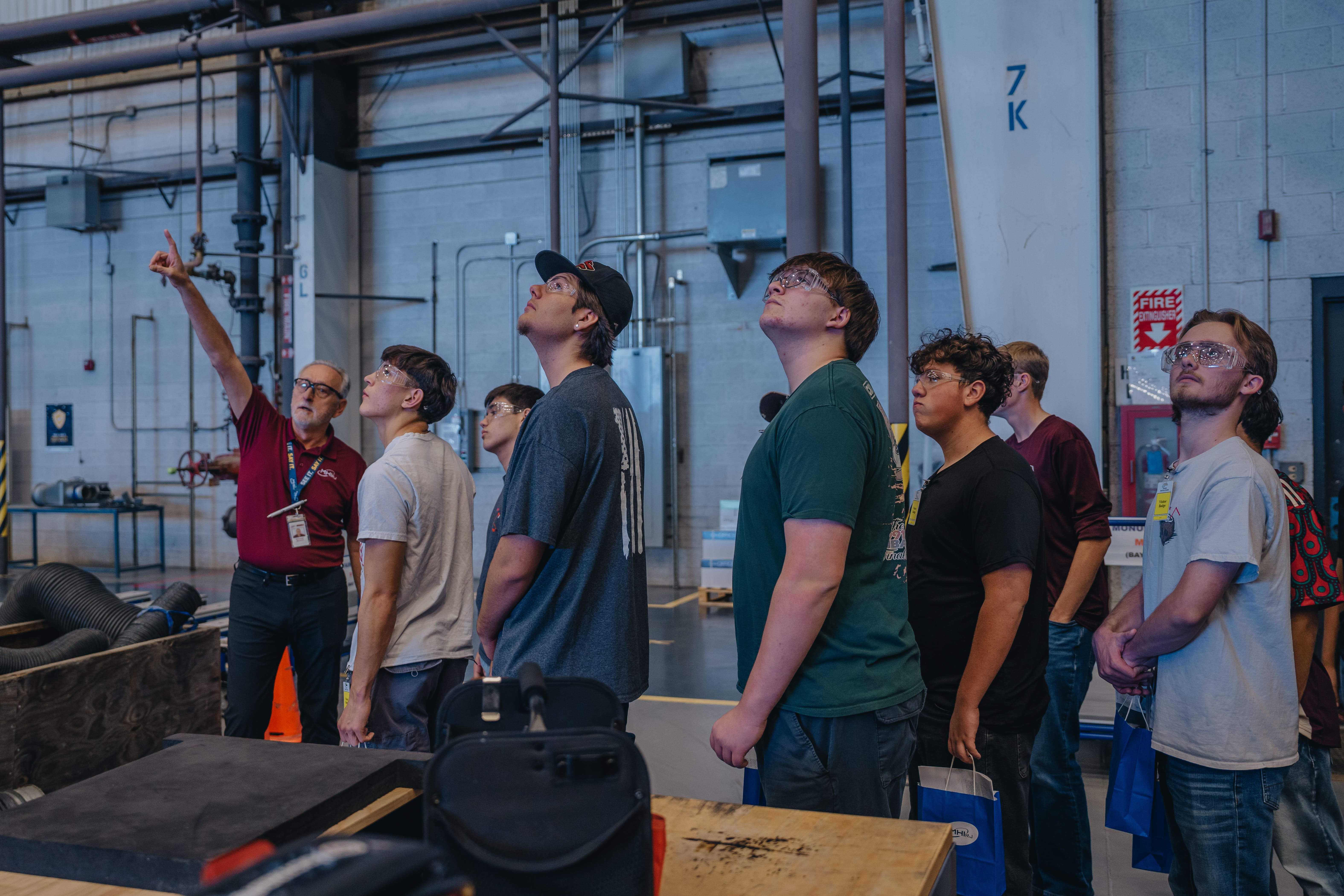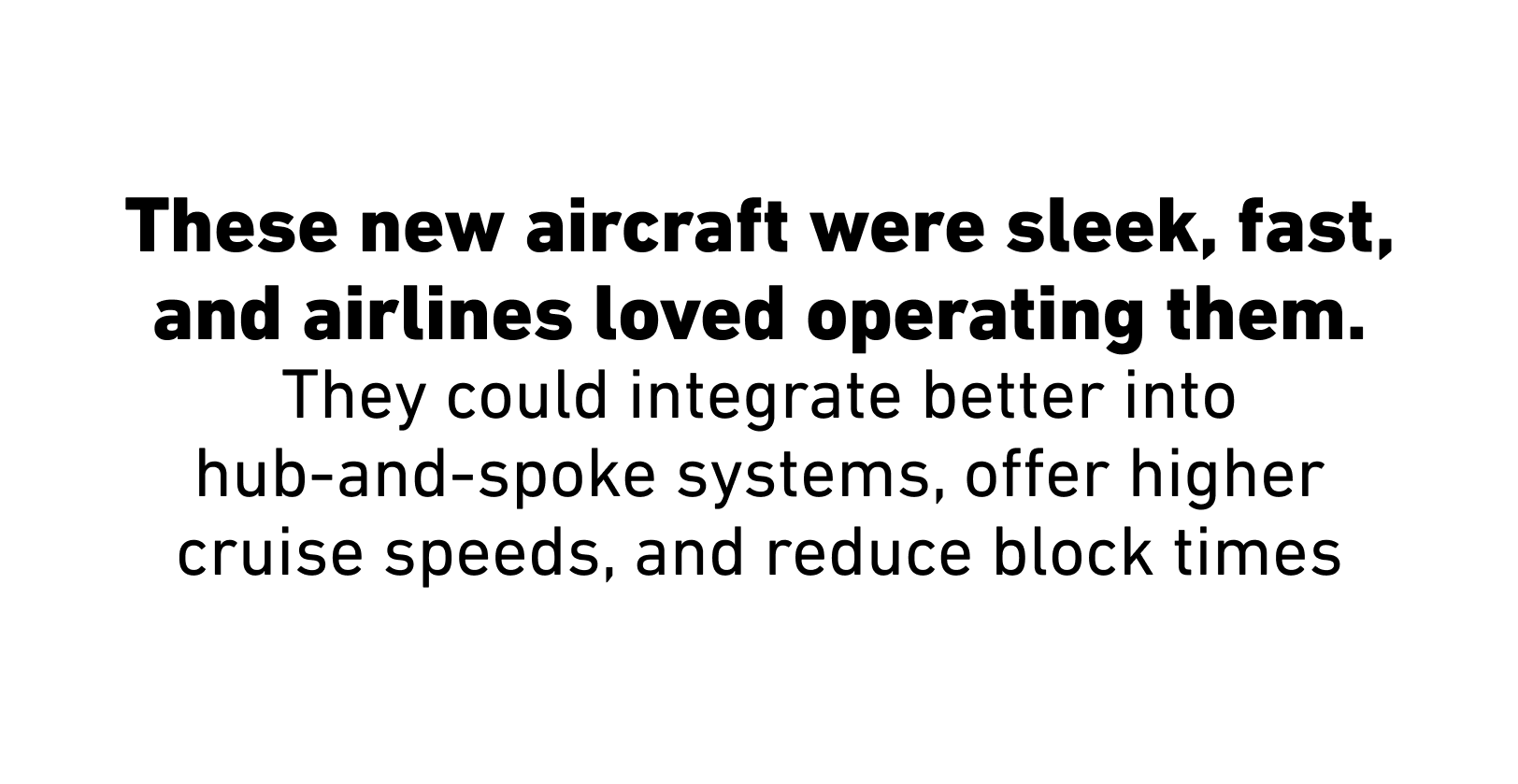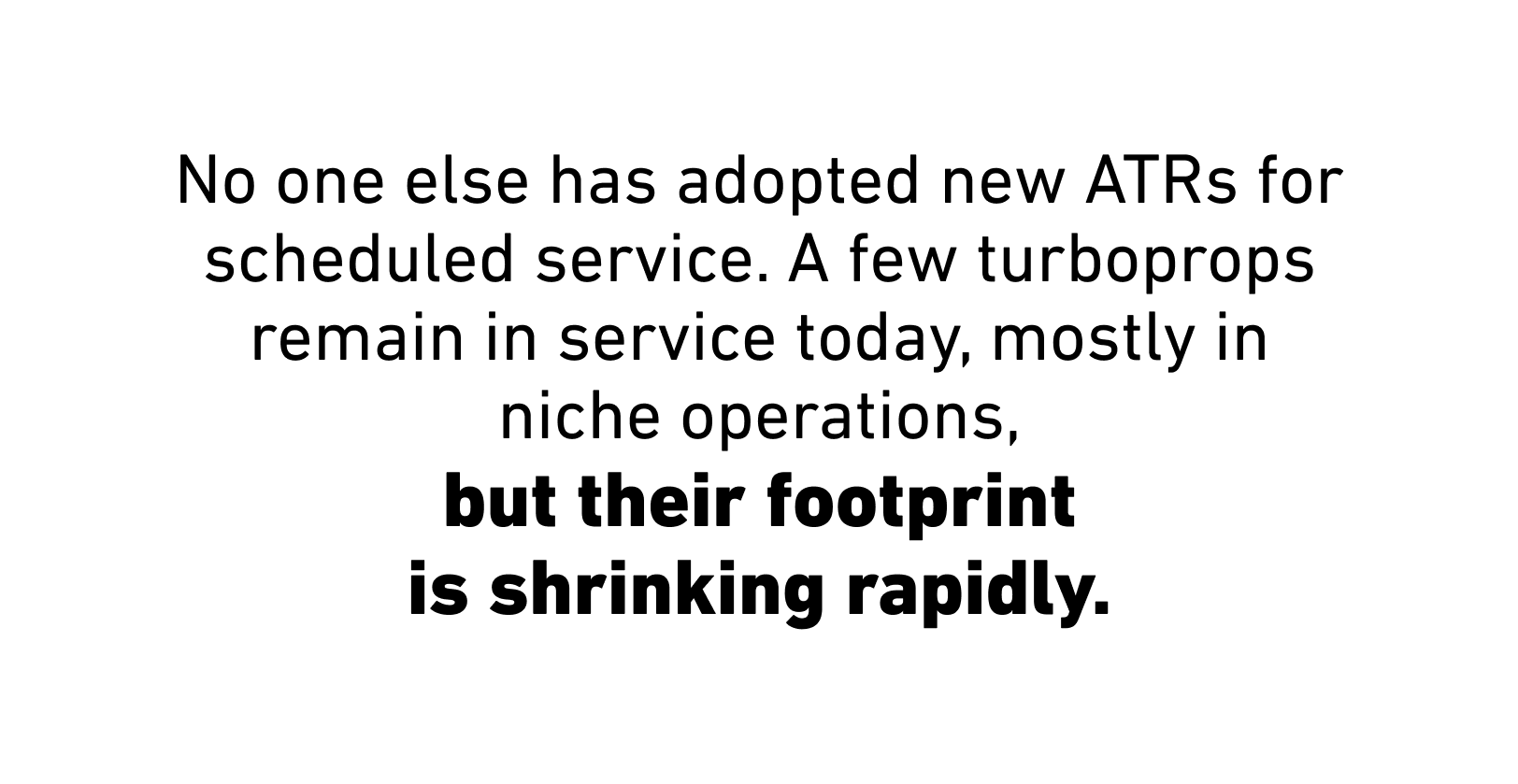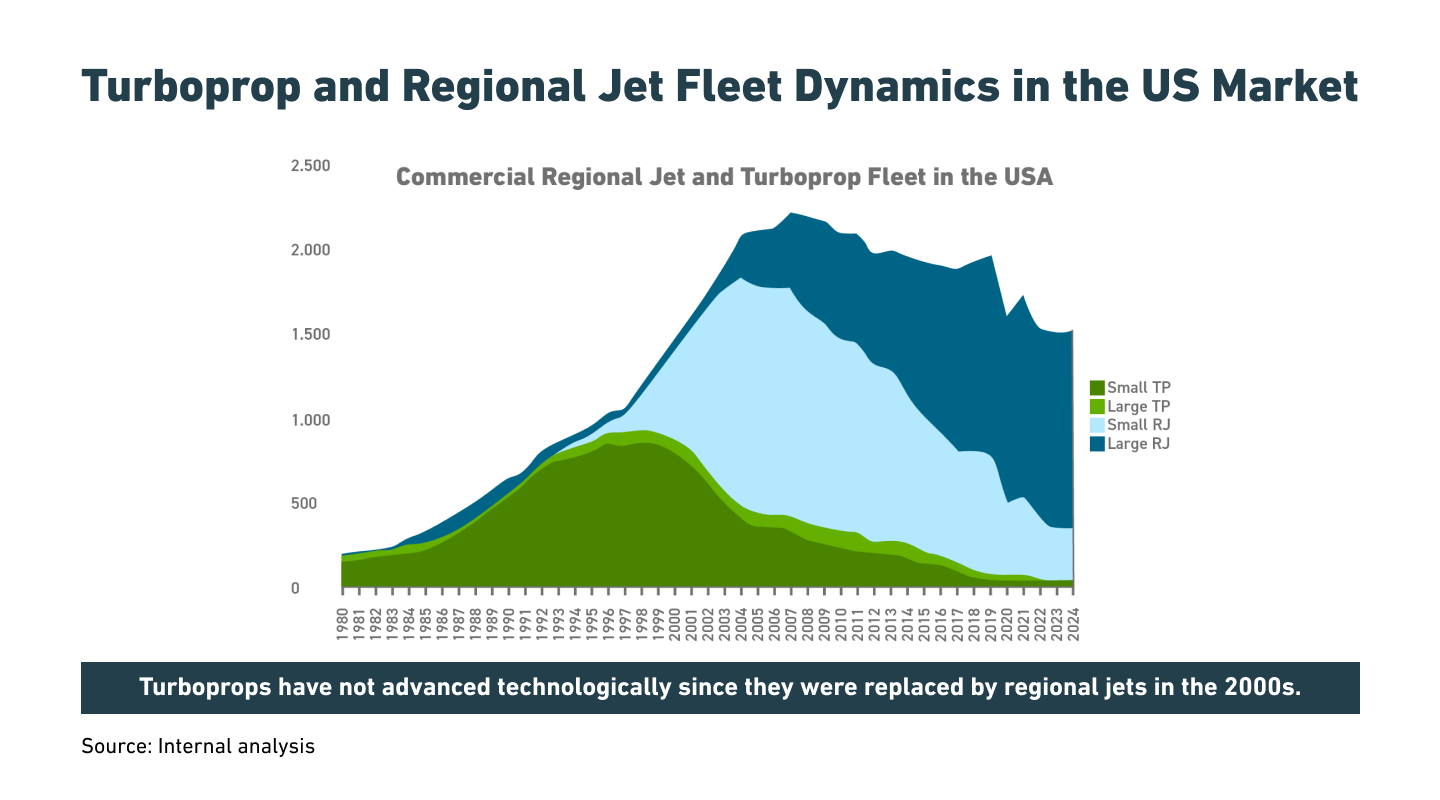
ATR THINKS THAT TURBOPROPS CAN REPLACE 50-SEATER JETS: HERE'S WHY THEY'RE WRONG.

ATR BELIEVES THAT TURBOPROPS ARE POISED TO REPLACE 50-SEATER JETS. HERE’S WHY THEY'RE WRONG.
ATR has set its sights on the North American market, positioning its turboprops as the ideal replacement for ‘aging’ 50-seat regional jets. While they weave a good tale, they also reference an ‘imminent crisis’ that is completely made up.
It’s time to scrutinize the narrative. Here’s why ATR’s vision is fundamentally flawed:
THERE ARE MORE THAN ENOUGH 50-SEAT RJS TO FULFILL MARKET REQUIREMENTS FOR ANOTHER 20 YEARS.
Let’s start by setting the record straight: ATR claims that existing 50-seat Regional Jets are aging and will retire by the early 2030s.
While ATR claims that existing 50-seat Regional Jets are aging and will retire by the early 2030s, implying retirement by 45,000 and 48,000 cycles, most of these aircraft are in fact built for 60,000 to 80,000 cycles. This means that they have more than 15 to 20 years of operational life left.
The regional market today is not constrained by a lack of aircraft capacity, but by factors such as pilot shortages and rising labour costs.
OPERATIONAL REALITIES: RANGE, ECONOMICS AND SPEED
Recently, ATR stated that the 100NM to 400NM market represents an enormous opportunity to convert drivers into passengers, basing their logic on a “point-to-point model mostly seen in Europe. However, the U.S. market operates on a hub-and-spoke model with regional carriers playing a critical role in feeding connection networks.
Operators require flexibility in serving routes beyond 400NM where ATR aircraft are not suitable. Also, Hub-and-spoke means operating out of busy hub airports, where turboprops are usually too slow to intermix with jets, and their climb speed prevents them from using preferred departure routes.

While ATR may claim that they offer a 30% operating cost savings, they only refer to cash operating costs, not direct operating costs that would include the amortization and financing costs of a new aircraft. It is essential to look at the whole picture, as the minimal ownership costs of existing (and paid-off) 50-seat Regional Jets give them a net advantage and superior overall economics.

Moreover, turboprops may be efficient on short routes, but they’re not fast, with a cruise speed of Mach 0.45 versus RJs' 0.78, leading to 20 % longer flight times. Slower speeds mean more aircraft are needed to maintain frequency, increasing complexity and cost.
If operating the same network requires more aircraft, you’re not truly saving money at the network level, even if you were able to save money on an individual trip. It also means needing more pilots, an expensive and scarce resource that can’t be treated as a simple variable in an economic model.
Turboprops’ limited altitude and range restrict route flexibility hence why operators prefer using jets. In addition, ground handling and icing system limitations further weaken the operational case.

PERCEPTION MATTERS: TURBOPROPS STILL CARRY A STIGMA
Despite ATR’s marketing push, only 8 ATR aircraft are in commercial passenger operations in the U.S. Passengers perceive turboprops as noisy, slow, and less comfortable.
The reality for passengers is that ATR’s maximum altitude of 25,000 feet, compared to 41,000 feet for jets, prevents it from flying above weather, resulting in a rougher ride, more turbulence, and longer routes to avoid storms.
Changing that perception will require more than a rebrand; it demands a fundamental shift in experience, which ATR has yet to deliver.
MARKET HISTORY: LESSONS FROM THE Q400 AND SILVER AIRWAYS
History offers cautionary tales; major U.S. regional carriers have shifted toward fleet standardization by replacing turboprops with jets. Despite its impressive capabilities, the Bombardier Q400, later rebranded to De Havilland Dash 8-400, failed to gain traction in the U.S. market.
Silver Airways, a turboprop-heavy operator with a fleet of ATR 42 and ATR 72 aircraft, filed for bankruptcy in December 2024 and ceased operations in June 2025, citing mounting debt and operational challenges.
These stories underscore the difficulty in scaling turboprop operations in a jet-dominated landscape.
MARKET MOMENTUM: JETS AREN’T DECLINING; THEY’RE EVOLVING
Contrary to ATR’s narrative, regional jet utilization has been steady for the last 20 years, and operators are finding new ways to adapt their fleet as market dynamics evolve. MRO demand is projected to grow, with operators investing in upgrades rather than replacements.

Maintaining on-time performance is critical to airline success, as passengers depend on timely connections and arrivals. The CRJ and ERJ fleets benefit from extensive spare parts availability, established MRO capacity and operational compatibility with mainline jet fleets. They offer superior performance across varied routes, better economics, and an enhanced customer experience. Their reliability and cost-efficiency, especially post-financing, make them the preferred choice for operators and passengers.

The market isn’t shrinking; it’s shifting toward more efficient jet configurations rather than turboprop substitutions.

ATR’s ambition to replace 50-seat RJs with turboprops is bold but misaligned with market realities. Limited support infrastructure in North America, scope clauses, operational limitations, historical failures, and entrenched perceptions form a formidable wall.
The future of regional aviation in North America lies not in reviving turboprops, but in evolving jets to meet new demands.
- Log in to post comments

 24
24
